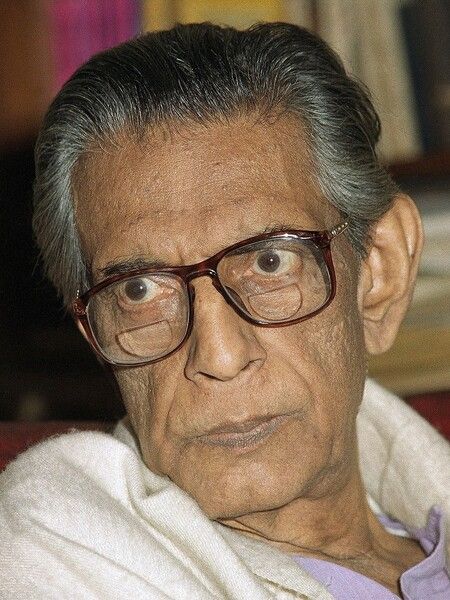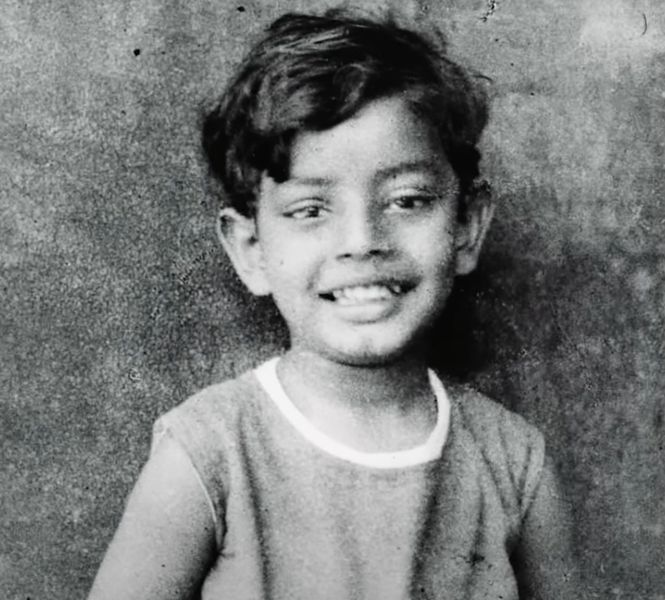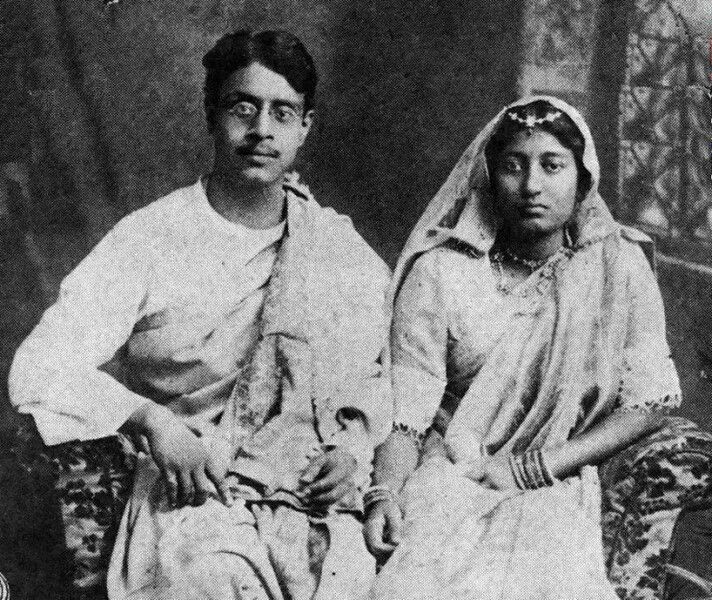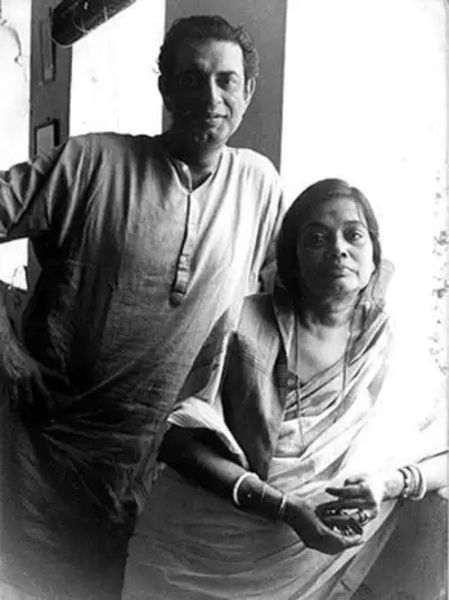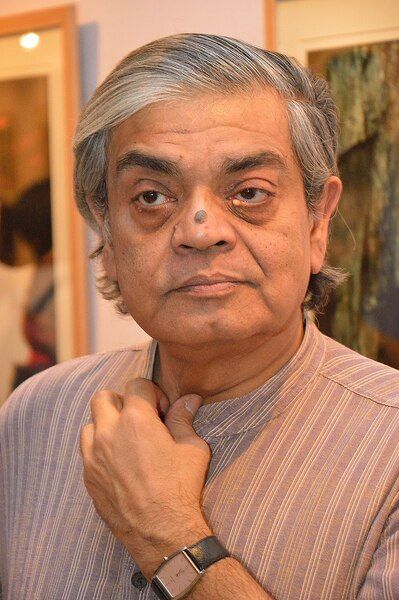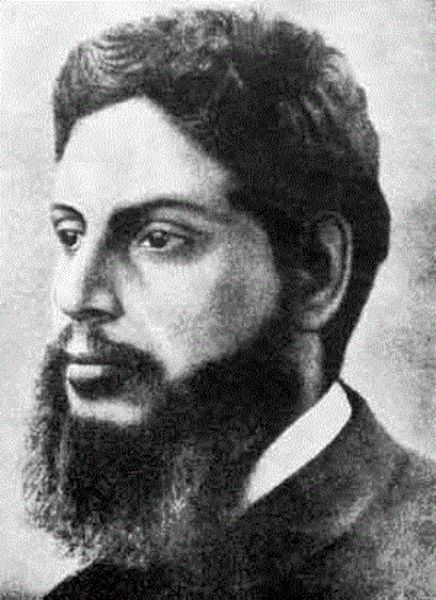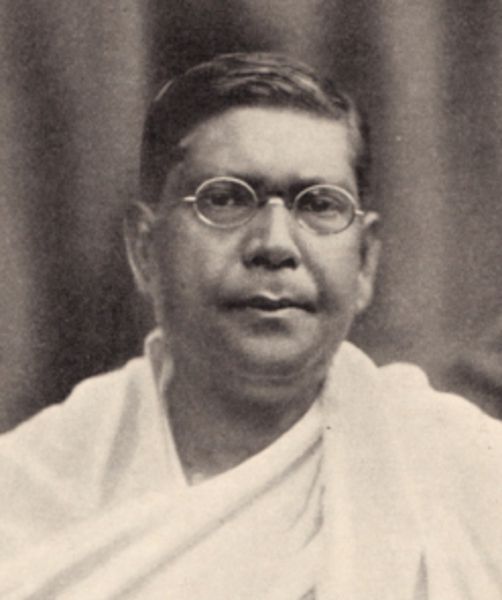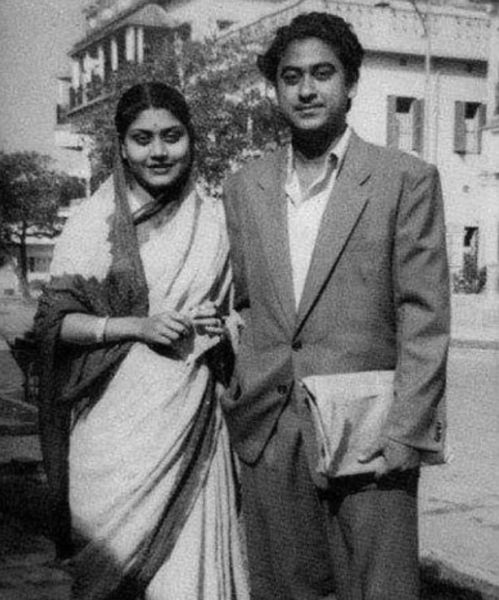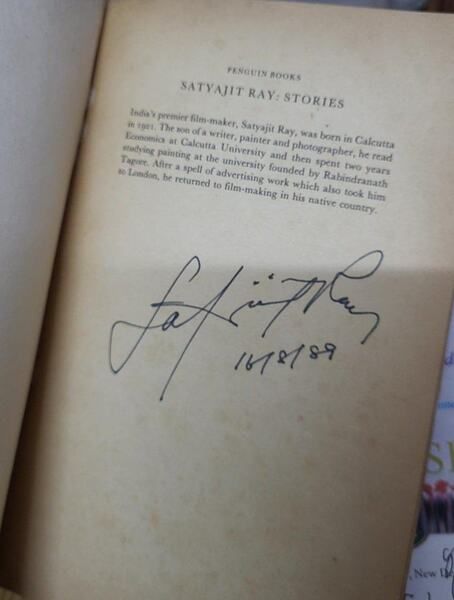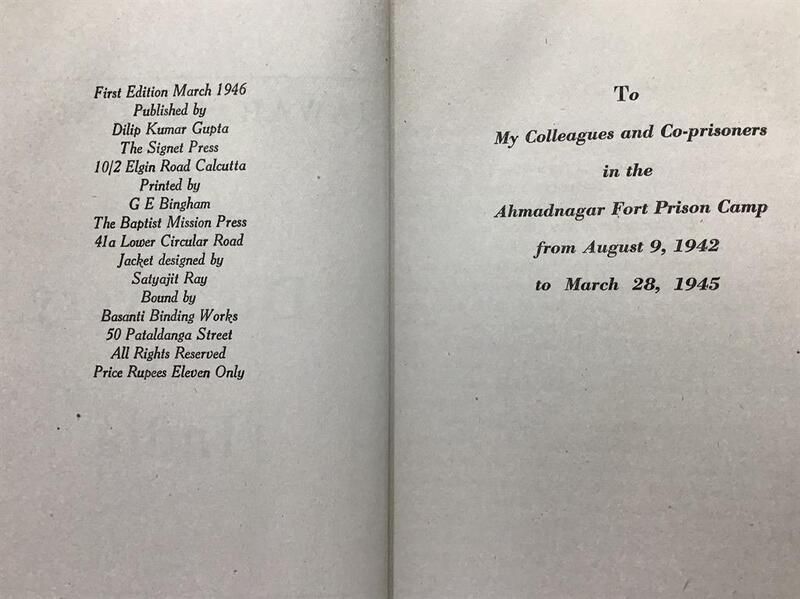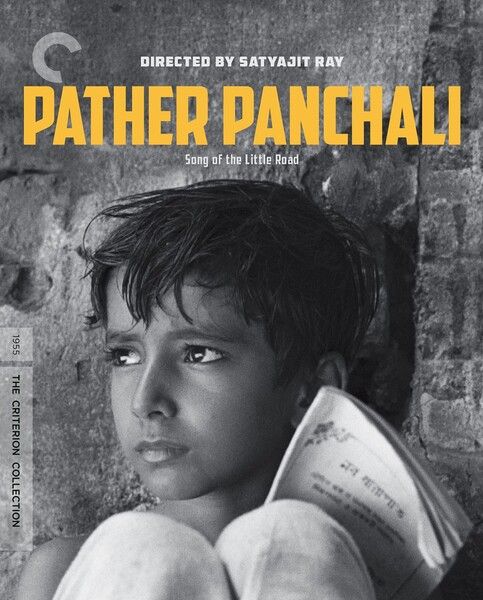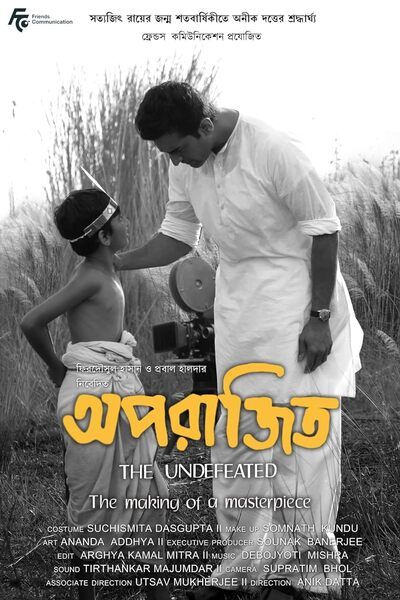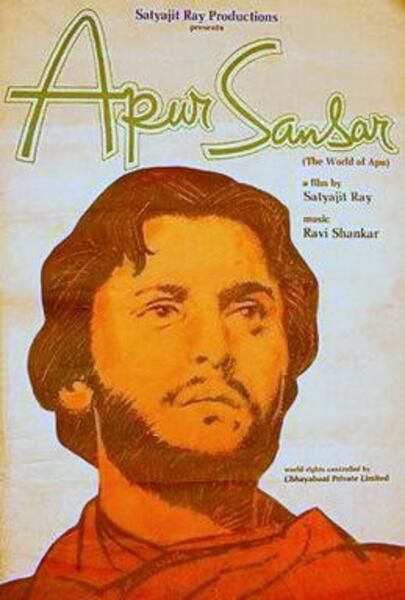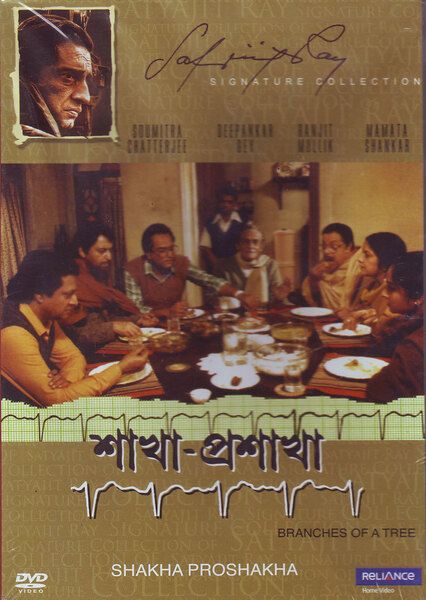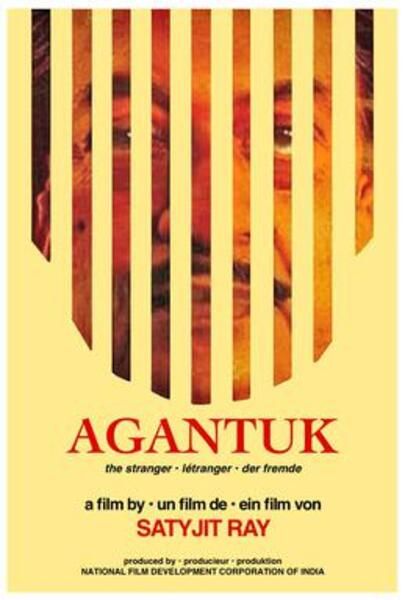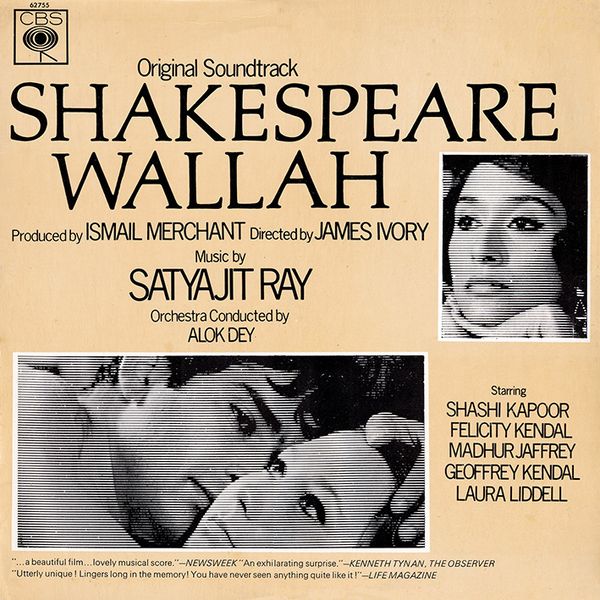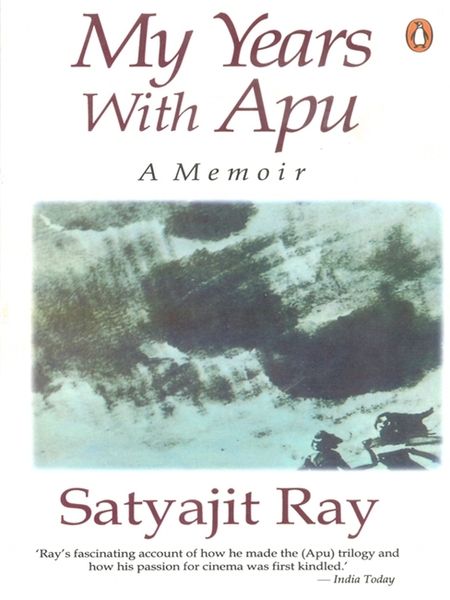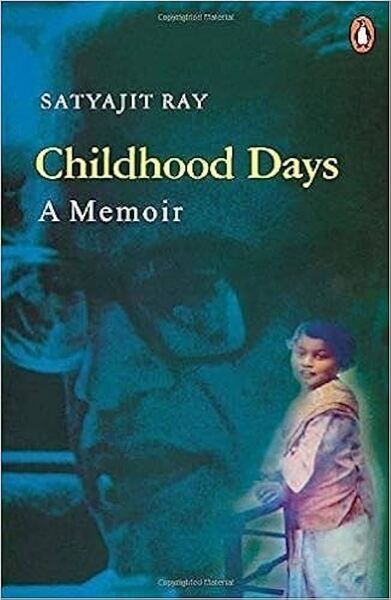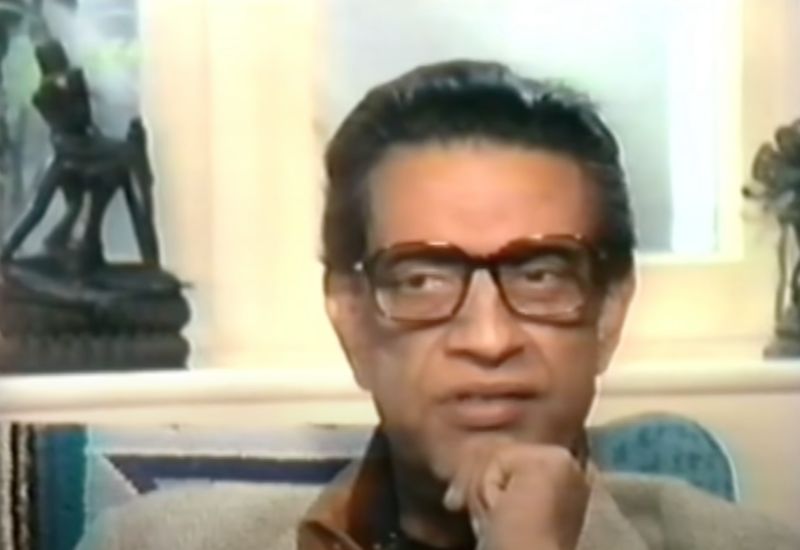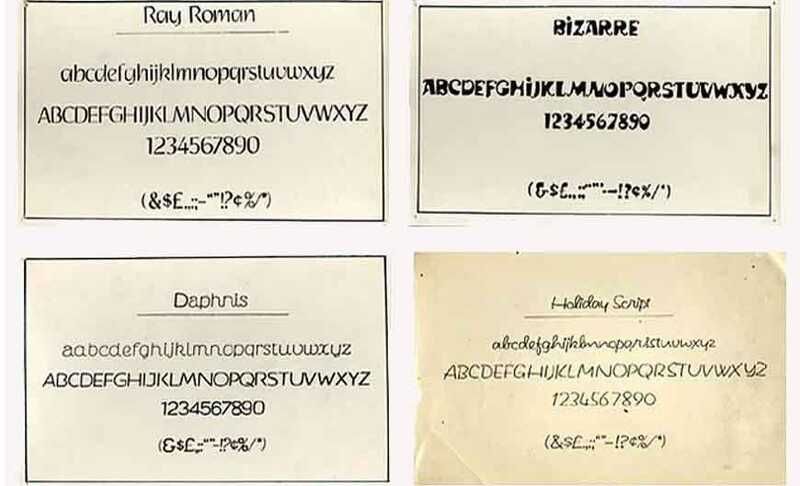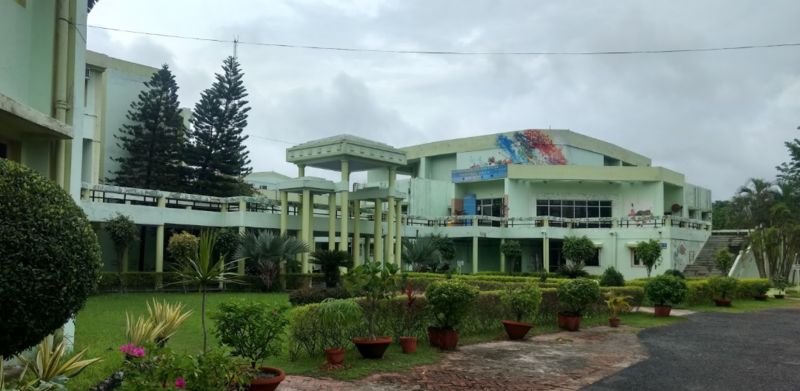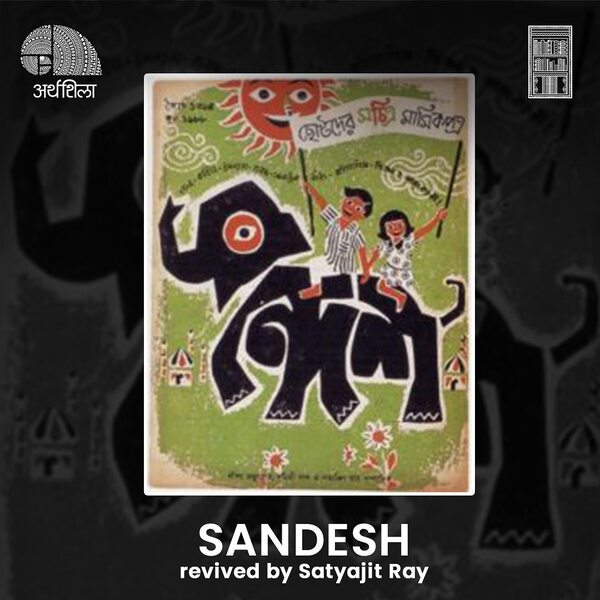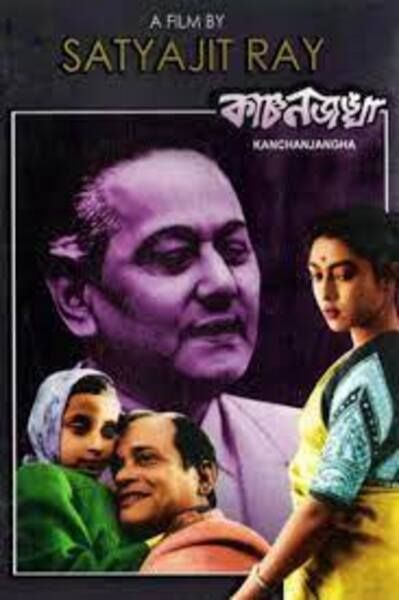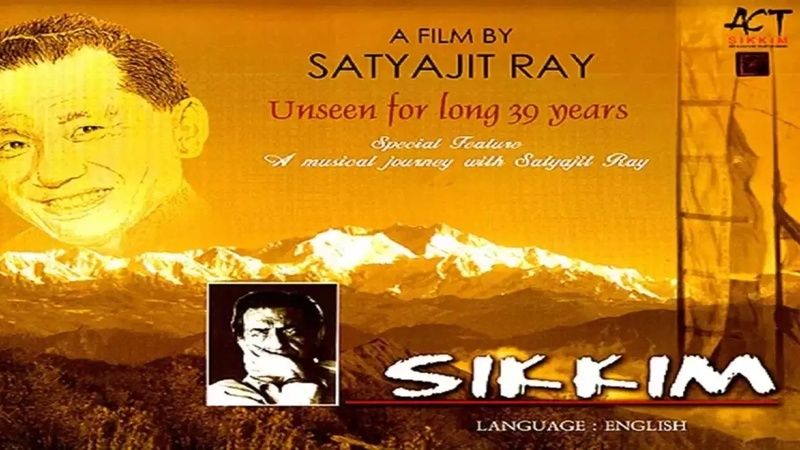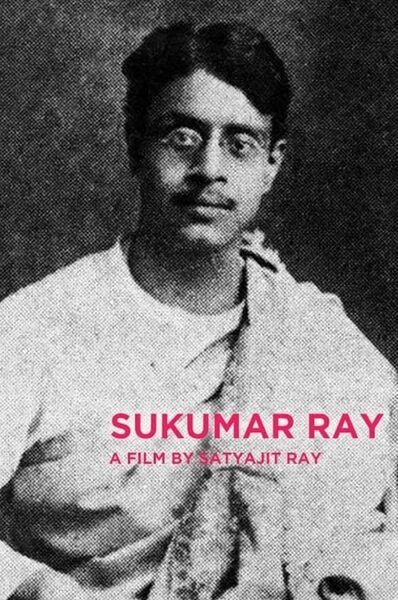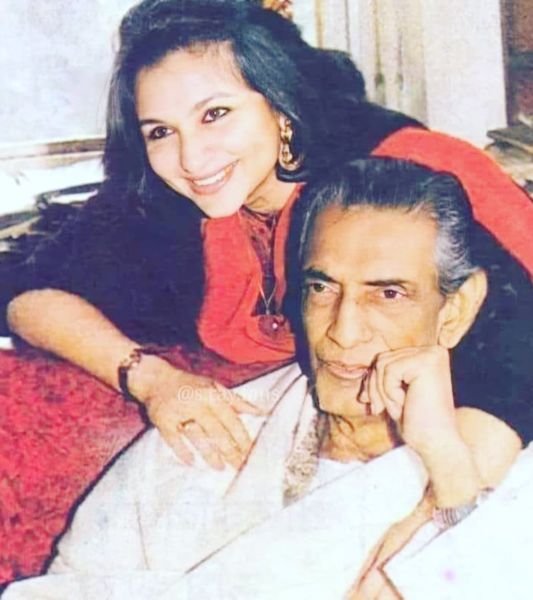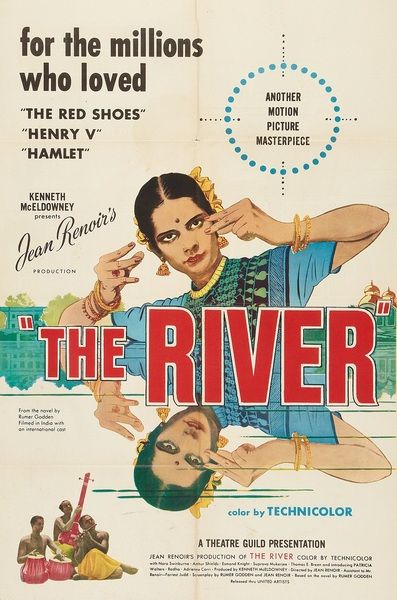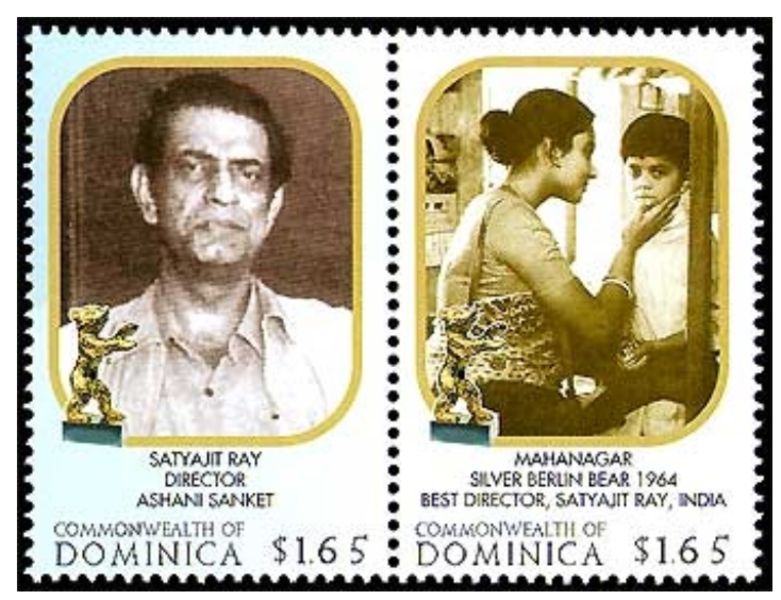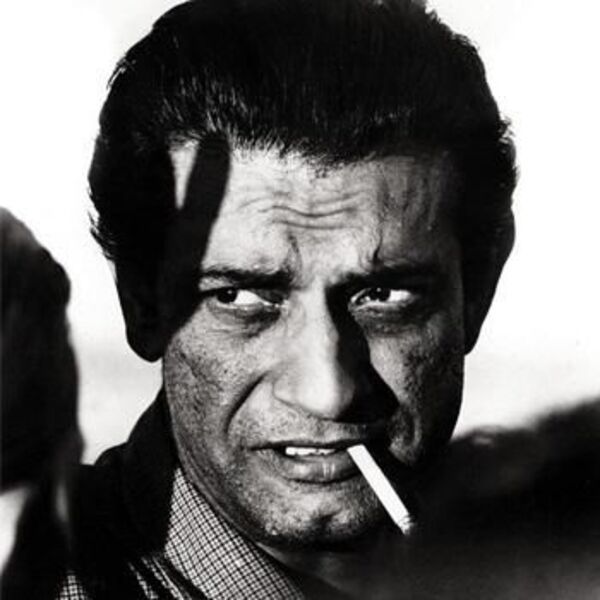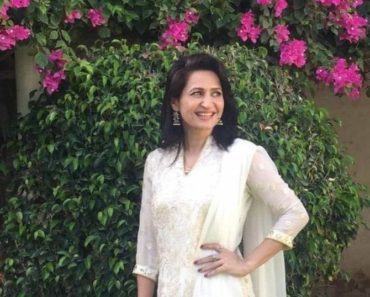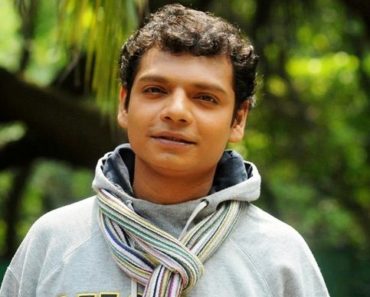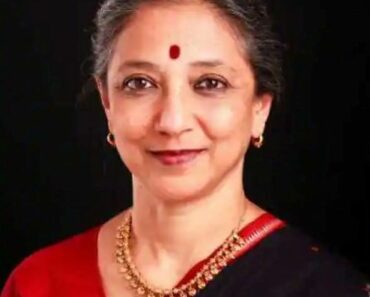Satyajit Ray was an Oscar-award-winning Indian Director, Producer, Screenwriter, Composer, Writer, and Graphic Designer who predominantly worked in the Bengali cinema. He was known for directing Bengali films like ‘Pather Panchali’ (1955), ‘Parash Pathar’ (1958), ‘Ashani Sanket’ (1973), and ‘Shakha Proshakha’ (1980). Satyajit Ray passed away at the age of 70 at the Belle Vue Hospital in Kolkata on 23 April 1992, after suffering from heart and lung ailments. [1]The Washington Post
Contents
Wiki/Biography
Satyajit Ray was born on Monday, 2 May 1921 (age 70 years; at the time of death) in Kolkata (formerly Calcutta), West Bengal. His zodiac sign is Tauras. Satyajit completed his schooling at the Ballygunge Government High School in Kolkata and later, pursued his graduation in Bachelor of Arts in Economics Honours at the Presidency College, Calcutta (then affiliated with the University of Calcutta). In 1940, after his mother’s immense conviction, Satyajit pursued higher studies in Fine Arts at the Visva-Bharati University, which was founded by Rabindranath Tagore in Santiniketan, West Bengal. In 1942, he dropped out of the fine arts course.
Family
Satyajit Ray’s ancestors were the natives of Chakdah village in Nadia district of present-day West Bengal who migrated to Sherpur in East Bengal. Later, the descendants migrated to the village Masua in Katiadi Upazila of Kishoreganj district in the first half of the eighteenth century. They were Bengali Kayasthas (Hindu caste of Bengal) who later acquired the name ‘Ray’ as the Rays were ‘Vaishnavas’ (worshippers of Vishnu). [2]Portrait of a Director: Satyajit Ray
Parents & Siblings
Satyajit Ray’s father, Sukumar Ray, was a Bengali writer and poet who passed away at the young age of 35 years on 10 September 1923 after suffering from black fever. Satyajit was only 2 years old when his father passed away. Satyajit Ray’s mother, Suprabha Ray, was a non-professional singer who passed away on 20 November 1960. Satyajit was the only child of his parents.
Wife & Children
Satyajit Ray got married to his first cousin, Bijoya Ray on 20 October 1948. Bijoya was an actress and a playback singer in the Bengali films. The couple dated for 8 years before getting married.
On 8 September 1953, the couple was blessed with a son named Sandip Ray who is also a Bengali film and music director.
Bijoya Ray passed away at the age of 98 on 2 June 2015 after suffering from a lung-related illness. [3]The Times of India
Other Relatives
Bengali writer, painter, and entrepreneur Upendrakishore Ray Chowdhury was Satyajit Ray’s paternal grandfather. [4]Satyajit Ray
Indian freedom fighter Chittaranjan Das who was popularly known as ‘Deshbandhu’ was Satyajit Ray’s wife’s uncle as he was married to Bijoya’s maternal aunt (Basanti Devi). [5]Confluence
Satyjait’s sister-in-law, Sati Devi (Bijoya Ray’s sister), was a famous Bengali singer. [6]Nupur De Roy Music – Facebook Indian actress and singer Ruma Guha Thakurta was Sati Devi’s daughter who was also the first wife of Indian singer Kishore Kumar. She was also Satyajit’s niece.
[7]The Times of India Satyajit’s mother, Suprabha Ray, was the granddaughter of philanthropic zamindar Kali Narayan Gupta. [8]The Daily Star
Religious Views
Satyajit Ray was an atheist. In an interview, he was asked if he believed in god, and he was quoted saying
No. I don’t believe in religion either. At least not in organised religion. Nor have I felt the necessity for any personal religion.” [9]India Today
Signature/Autograph
Career
Visual Artist
In 1943, Satyajit Ray joined the world of advertisement as a junior visualiser at the Calcutta office of DJ Keymer and after some time, he was appointed as the art director of the office. After working there for some time, he joined a publication house named ‘Signet Press’ in which the founder asked Ray to create book cover designs for the company and gave him complete artistic freedom to create whatever he wished. Satyajit Ray also designed covers for many books, including Jibanananda Das’s ‘Banalata Sen’ and ‘Rupasi Bangla,’ Bibhutibhushan Bandyopadhyay’s ‘Chander Pahar,’ Jim Corbett’s ‘Maneaters of Kumaon,’ and Jawaharlal Nehru’s ‘Discovery of India.’
Film Director
In 1955, Satyajit Ray made his film directorial debut with the Bengali trilogy titled ‘The Apu Trilogy’ and released its first part titled ‘Pather Panchali’ which was an adaptation of Bibhutibhushan Bandyopadhyay’s 1929 Bengali novel of the same name.
In the following year, he directed the second part of the trilogy titled ‘Aparajito’ which was adapted from the first half of Bibhutibhushan Bandyopadhyay’s novel ‘Aparajito.’
In 1959, Satyajit completed the trilogy by releasing the third part titled ‘Apur Sansar’ which was also known as ‘The World of Apu.’ It was based on the second half of Bibhutibhushan Bandyopadhyay’s novel ‘Aparajito.’
In 1977, Satyajit Ray directed the Hindi feature film titled ‘Shatranj Ke Khilari’ which was also released in Urdu and English language in which the film was titled ‘The Chess Players.’ The film was based on Munshi Premchand‘s short story of the same name.
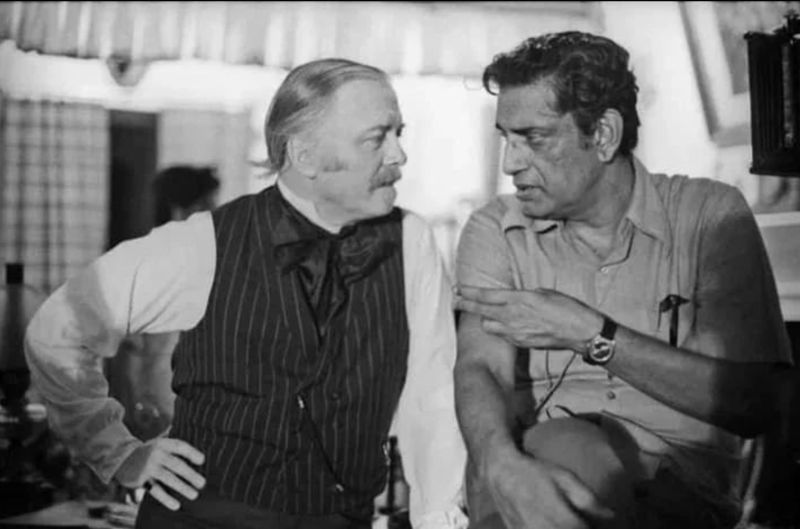
Satyajit Ray (right) with Sir Richard Attenborough on the sets of the Hindi film titled ‘Shatranj Ke Khiladi’ (1977)
In 1990, he directed the Bengali film titled ‘Shakha Proshakha.’ The film displays an extraordinary use of Gregorian Chant and the German orchestras of Bach and Beethoven.
In 1991, Satyajit directed the Bengali drama film titled ‘Agantuk’ which was based on one of his own short stories titled ‘Atithi.’ This was Satyajit’s last direction before he passed away in 1992.
Screenplay
Satyajit Ray also wrote screenplays for many English documentaries including ‘A Perfect Day’ (1948), ‘Our Children Will Know Each Other Better’ (1960), ‘The Tidal Bore’ (1960), ‘The Brave Do Not Die’ (1978), and ‘The Story of Tata Steel’ (1961).
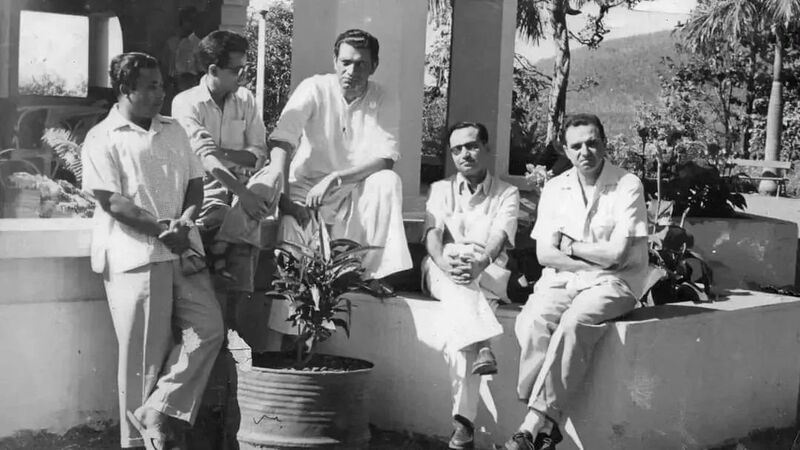
Satyajit Ray (third from left) during the shoot of the documentary titled ‘The Story of Tata Steel’ (1961)
Music Composer
Satyajit Ray composed the music for many English and Bengali films including ‘Shakespeare Wallah’ (1965), ‘Glimpses of West Bengal’ (1967), ‘House that Never Dies’ (1969), ‘Baksa Badal’ (1970), ‘Gangasagar Mela’ (1970), and ‘Goopy Bagha Phire Elo’ (1991).
Author
Satyajit Ray wrote many books in his career including ‘The Complete Adventures of Feluda’ (1988), ‘Our Films, Their Films’ (1976), ‘The Incredible Adventures of Professor Shonku’ (1994), ‘My Years with Apu: A Memoir’ (1994), and ‘Childhood Days: A Memoir’ (2000).
His books have also been translated into English, German, Polish, French, Spanish, Italian and other Indian languages.
Documentaries and TV shows about Satyajit Ray
Many international as well as Indian TV shows and documentaries were released which were dedicated to Satyajit Ray’s career. The projects included ‘Late Night Line-up: An Interview with Satyajit Ray’ (1969- BBC Television, UK), ‘South Bank Show: Satyajit Ray’ (Melvyn Bragg for London Weekend Television, UK- 1978), ‘The Music of Satyajit Ray’ (Utpalendu Chakravarti for NFDC, India- 1983), ‘Satyajit Ray’ (Shyam Benegal for Films Division, India- 1984), and ‘Omnibus: The Cinema of Satyajit Ray’ (Adam Low for BBC, UK- 1988).
Controversy
Backlashed for slamming Indian Audience
In 1960, Satyajit Ray made a film titled ‘Devi’ (1960) in which Sharmila Tagore played the role of a young woman who is seen as an avatar of goddess Kali. In 1989, during an interview with French journalist Pierre Andre Boutang, Satyajit talked about the film and mentioned how the film dealt with religious narrow-mindedness although, the film never attacked religion as such. However; the audience trolled Satyajit by saying that he is not a Hindu and he is making such films against Hinduism. Satyajit was quoted saying
They are stupid people you can’t take them into account. This happens in India all the time. We have a fairly backward audience here, in spite of the film society movement and all that, if you consider the audience at large, it is a backward audience. An unsophisticated audience, exposed to the commercial Hindi cinema more than anything else. And so you face this problem.”
This statement of Ray was not taken very well by the general public and the filmmaker was criticised for his thoughts about the Indian audience. [10]The Times of India
Awards, Honours, Achievements
International Awards
- 1957: Selznik Golden Laurel, Berlin for the film, ‘Pather Panchali’ (1955)
- 1958: Golden Laurel for Best Foreign Film of 1958-59, USA for the film, ‘Aparajito’ (1956)
- 1960: Best Foreign Film, National Board of Review of Motion Pictures, USA, for the film ‘Apur Sansar’ (1959)
- 1960: Sutherland Award for Best Original And Imaginative Film, London for the film, ‘Apur Sansar’ (1959)
- 1963: Selznik Golden Laurel Award, Berlin for the film, ‘Teen Kanya (Three Daughters /Two Daughters)’ (1961)
- 1966: Bodil Award: Best Non-European Film of the Year, Denmark for the film, ‘Pather Panchali’ (1955)
- 1979: Best Feature Film, Hong Kong Film Festival for the film, ‘Joi Baba Felunath (The Elephant God)’ (1978)
- 1980: Wington Award for each film, London Festival, for the film ‘Apu Trilogy’
Indian Awards
- 1955: President’s Gold & Silver Medals, New Delhi for the film, ‘Pather Panchali’ (1955)
- 1958: Padma Shri
- 1965: Padma Bhushan
- 1970: President’s Gold and Silver Medals, New Delhi for the film, ‘Goopy Gyne Bagha Byne (The Adventures of Goopy and Bagha)’ (1969)
- 1974: Best Film, Direction and Screenplay, Government of West Bengal for the film, ‘Sonar Kella (The Golden Fortress)’
- 1975: Best Film, Direction, Screenplay, Government of West Bengal for the film, ‘Jana Aranya (The Middleman)’ (1976)
- 1985: Dadasaheb Phalke Award
- 1992: Bharat Ratna
Honours
- 1973: Doctor of Letters, Delhi University
- 1974: Doctorate in Literature by the Royal College of Arts, London
- 1978: Special Award at the Berlin Film Festival
- 1979: Honorable Prize for the contribution to cinema at the 11th Moscow International Film Festival
- 1978: Honorary degree from Oxford University
- 1987: Legion of Honor by the President of France
- 1992: ‘Akira Kurosawa Award for Lifetime Achievement in Directing’ at the San Francisco International Film Festival
- 1992: Honorary Award for Lifetime Achievement at the 64th Academy Awards by the Academy of Motion Picture Arts and Sciences (Oscars)
Death
On 29 January 1992, Satyajit Ray was admitted to the Belle Vue Hospital in Kolkata with a complaint of breathing problems. After a long battle of 87 days in the hospital, he passed away on 23 April 1992, after suffering from heart and lung ailments. [11]The Los Angeles Times
Favourites
- Film Director: Jean Renoir
- Musician: Beethoven
- Actor(s): Naseeruddin Shah, Nana Patekar
Facts/Trivia
- Satyajit Ray’s nickname was ‘Manik.’ [12]Suprabha Ray – A Biographical Sketch
- Satyajit and Bijoya Ray got married secretly at Bijoya’s sister’s house in Mumbai as both of their mothers were against their marriage as they were first cousins; however, the mothers later accepted their relationship. They both got married according to Bengali rituals on 3 March 1949.
- Ray is the second film personality after Charlie Chaplin to have been awarded an honorary doctorate by Oxford University.
- He held the record for the most Golden Bear nominations.
- In 1947, Satyajit Ray founded his own film club named ‘Calcutta Film Society.’ It was India’s second film society in the city of Kolkata. Along with Satyajit, the other founding members included Chidananda Dasgupta, RP Gupta, Bansi Chandragupta, Harisadhan Dasgupta and others.
- The inspiration behind his debut film titled ‘Pather Panchali’ (1955) was the Italian director Vittorio De Sica’s film titled ‘Bicycle Thieves’ (1948).
- In 1984, Satyajit suffered from 2 heart attacks while shooting for the Bengali romantic drama film titled ‘Ghare Baire’ (1984) and his son had to continue the direction of the film on Satyajit Ray’s instructions.
- Satyajit Ray decided to become a filmmaker after meeting French filmmaker Jean Renoir, a French director who was in Calcutta in 1949 to make his movie “The River” (1951). Ray’s interest in filmmaking grew stronger during his 1950 trip to London, where he watched Italian filmmaker Vittorio De Sica’s film “Bicycle Thieves” (1948).
Satyajit Ray met Jean Renoir in 1949 who was scouting for locations in Kolkata for his film,'The River' #IndiaFrance pic.twitter.com/57ZTkSCDec
— Indian Diplomacy (@IndianDiplomacy) April 11, 2015
- He was interested in Bengali and English typographies and even produced many advertising campaigns.
- Ray combined Indian motifs and calligraphy and created four Roman fonts, two after his name, Ray Roman and Ray Bizarre, and others included Daphnis and Holiday Script. ‘Ray Roman’ and ‘Ray Bizarre’ won an international competition in 1971.
- During the release of his directorial debut film ‘Pather Panchali’ (1955), Ray was the first person to use a teaser advertising campaign (a type of advertisement that slowly reveals information) before the release of his film.
- During the shoot of his film titled ‘Pather Panchali’ (1955), Satyajit Ray fell into a financial crisis and had to sell his life insurance policy and also pawned some of his wife’s jewellery to fulfil the cost of shooting.
- In 1955, the Government of India under the Ministry of Information and Broadcasting founded a university named ‘Satyajit Ray Film and Television Institute (SRFTI),’ as an autonomous academic institution.
- The SRFTI specialises in courses including filmmaking; Direction and screenplay writing, Editing, Cinematography, Sound Recording and Design, Producing for Film & Television, and Animation Cinema.
- After 1961, Ray composed the music of all his films and also designed their publicity posters.
- In 1961, he renovated and published the Bengali children’s magazine named ‘Sandesh’ which was founded by his grandfather Upendrakishore Ray Chowdhury.
- ‘Kanchenjungha’ (1962) was Satyajit’s first Bengali film which was based on his own real-life story, and it was also his first coloured as well as the first Indian anthology film.
- In 1971, Ray created a documentary called ‘Sikkim’ about a state surrounded by land. The king of Sikkim asked him to make it because he was worried about China and India taking over his land. But when Sikkim became part of India in 1975, the Indian government banned the documentary; however, the ban was lifted in 2010.
- In 1987, Satyajit made a short documentary on his father, Sukumar Ray, which was named after his father himself. The short documentary was made for the West Bengal government on the occasion of Sukumar Ray’s 100th birth anniversary.
- Initially, he wanted to become an artist and do commercial artwork; however, one of his father’s friends suggested he pursue economics so that he could get a job in his own magazine house.
- Satyajit considered the American film director John Ford his biggest inspiration in filmmaking.
- Satyajit Ray was the man behind launching the careers of famous Indian actor Soumitra Chattopadhyay and actress Sharmila Tagore.
- Satyajit was the assistant director of the American Technicolor drama romance film titled ‘The River.’ He was a student of cinema back then and met the French director Jean Renoir for guidance as the whole film was shot in India.
- In 1992, he was ranked 7th on the Sight & Sound Critics’ poll of ‘Top 10 Directors’ which made him the highest-ranking Asian filmmaker in the poll.
- In 1993, the University of California, Santa Cruz established the Satyajit Ray Film and Study Collection in which Ray’s works were preserved in 35mm and videocassette. His books, artwork, papers, and still photographs are also included in the collection.
- In 2002, Satyajit was ranked at No. 22 by the Sight & Sound Critics’ and Directors’ poll of all-time greatest directors, which also made him the fourth highest-ranking Asian filmmaker in the poll.
- In 2004, he was ranked 13th on the BBC poll of “Greatest Bengali of all Time.”
- In 2007, the Total Film magazine included Ray in its “100 Greatest Film Directors Ever” list.
- In 2021, on the occasion of his 100th birth anniversary, the Directorate of Film Festivals paid tribute to Satyajit Ray through a ‘Special Retrospective’ at the 52nd International Film Festival of India.
- In 2021, the member of parliament Prakash Javadekar, who was the then Union Minister of Information and Broadcasting, announced that the federal government of India would establish an award in Satyajit Ray’s name. The honour will be on par with the Dadasaheb Phalke honour.
- In 2021, During the 52nd edition of the International Film Festival of India (IFFI) and on the occasion of the birth centenary of Satyajit Ray, the Directorate of Film Festivals in recognition of Satyajit’s legacy, “The IFFI Lifetime Achievement Award” was renamed to “IFFI – Satyajit Ray Lifetime Achievement Award.”
- In 2022, the Sydney Film Festival showcased 10 films by Satyajit Ray as a tribute to the late filmmaker.
- In 2022, BFI Southbank began their program for July 2022, with a complete retrospective (past directorial projects) of Satyajit Ray.
- The Academy Film Archive has preserved many of Satyajit Ray’s films including ‘Teen Kanya’ in 1996, ‘Pather Panchali’ in 1996, ‘Mahapurush’ in 2005, ‘Nayak’ in 2004, and ‘Shatranj ke Khilari’ in 2010.
- Satyajit Ray left Shantiniketan on the day Calcutta was bombed by the Japanese for the first time.
- In 2000, the Commonwealth of Dominica Post issued two stamps with denominations of 1.65 Dollars. The stamp features the portrait of Satyajit Ray on one stamp to honour the director and his work.
- Together with the Indian actress Madhabi Mukherjee, Ray was the first Indian film figure to be featured on a foreign stamp (Dominica).
- Satyajit Ray used to smoke cigarettes often during shooting.
References

